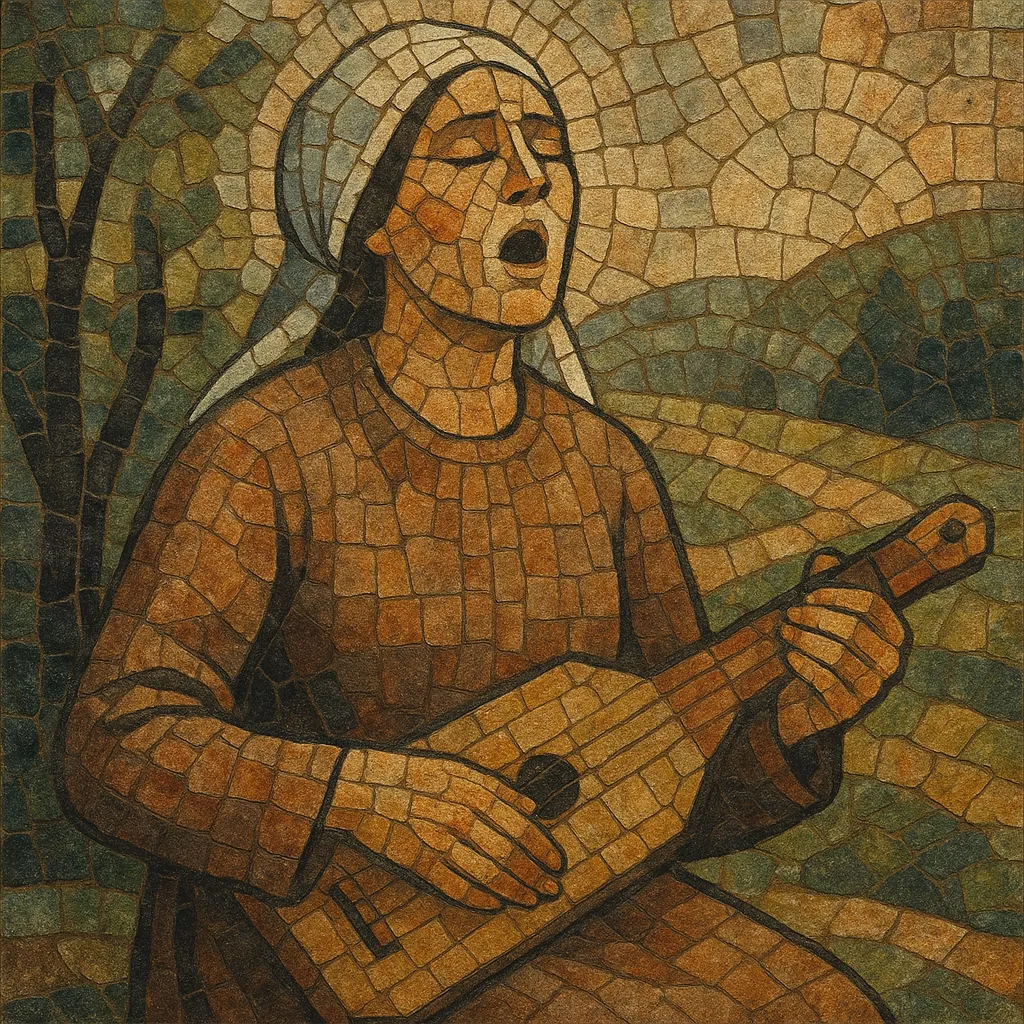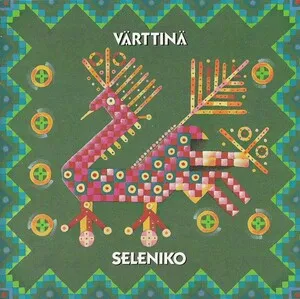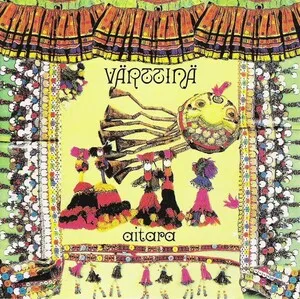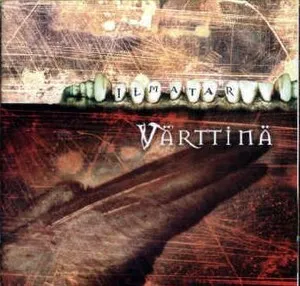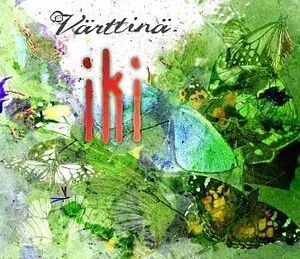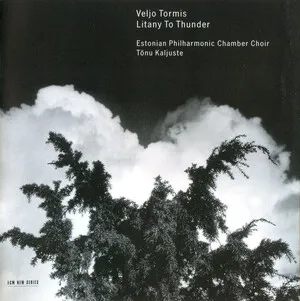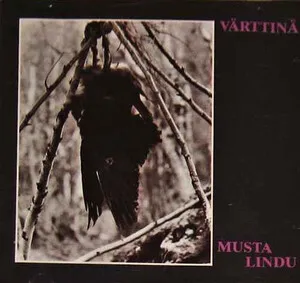Rune singing (also called runo singing; Finnish runolaulu, Estonian regilaul) is an ancient Baltic‑Finnic vocal tradition built on the Kalevalaic meter (trochaic tetrameter). It is typically performed solo or with a leader–chorus structure, using tightly patterned alliteration, parallelism, formulaic epithets, and incremental repetition to spin mythic stories, laments, wedding songs, and incantations.
Melodies are narrow‑ranged and chant‑like, often hovering around a few tones and moving stepwise, which supports long narrative delivery. Performances are commonly a cappella, though they may be supported by a soft drone or by traditional instruments like the kantele or the bowed lyre (jouhikko). The overall effect is hypnotic and meditative rather than harmonic or virtuosic.
Despite the name, the "rune" here refers to poetic stanzas rather than Norse runic script. The style is central to Finnish, Karelian, and Estonian cultural memory and underpins the Kalevala epic and related oral poetry cycles.
Rune singing emerges from pre‑Christian Baltic‑Finnic oral poetry, likely crystallizing in the early medieval period. Its hallmark trochaic tetrameter, strict alliteration, and parallelism suggest ritual and communal functions—healing, charms, weddings, funerals, and seasonal rites—performed in villages across Karelia, Finland, Ingria, and Estonia.
During the 1800s, extensive folklore collecting transformed the tradition’s visibility. Elias Lönnrot compiled Kalevala and Kanteletar from thousands of runo verses sung by Karelian and Finnish tradition‑bearers (e.g., Arhippa Perttunen, Ontrei Malinen, Pedri Shemeikka). Similar collecting took place in Estonia, where regilaul corpora preserved regional repertoires (including Seto songs). These efforts fixed the meter and repertory in print while documenting regional variants and performance practice.
Urbanization, schooling, and church influence reduced everyday use of rune singing. Yet the style persisted in borderland communities (especially in Karelia and among Seto singers in southern Estonia). Scholars, field recordists, and local cultural societies kept the practice alive; some individual singers became celebrated links to the past.
Late‑20th‑ and 21st‑century folk revivals reactivated rune singing on stages, in workshops, and in conservatories. Estonian Seto leelo gained international recognition (inscribed by UNESCO as intangible cultural heritage), and Finnish and Karelian projects nurtured new bearers. Modern artists integrate runo texts and delivery into choral music, folk ensembles, and even folk‑metal and pagan‑folk contexts, maintaining the tradition’s narrative core while expanding its audience.

